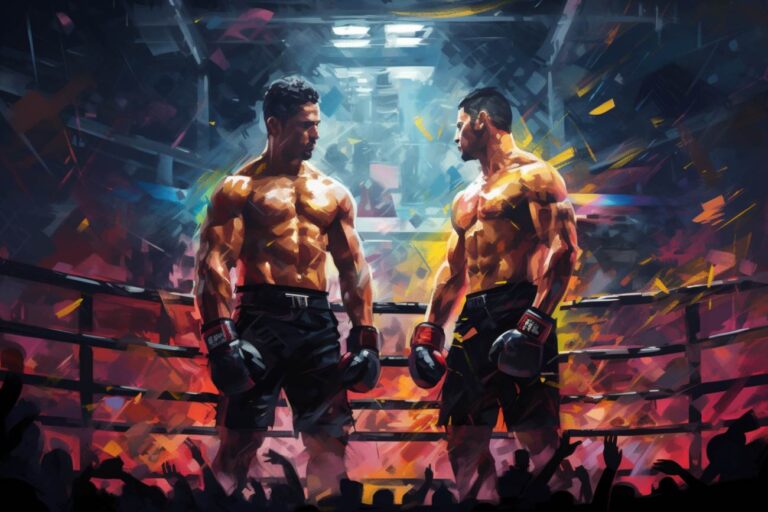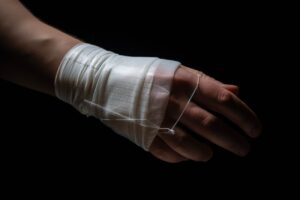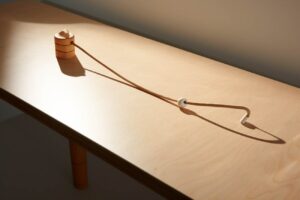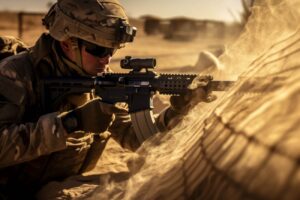Welcome to our comprehensive guide on Pride MMA, a legendary mixed martial arts (MMA) organization that left an indelible mark on the combat sports world. We’ll delve into the history, significance, and lasting legacy of Pride FC, shedding light on its unique approach to MMA and its impact on the sport’s evolution.
The rise of pride fc
Pride FC, or Pride Fighting Championships, was a Japanese MMA promotion that existed from 1997 to 2007. It quickly gained global recognition for its unique approach to MMA, offering a platform for fighters from various martial arts disciplines to showcase their skills.
Unlike many Western MMA organizations, Pride FC featured a ring instead of a cage, and its rule set allowed for a broader range of techniques, including soccer kicks and stomps to a downed opponent. This made it stand out and drew fighters from all over the world to compete in its events.
Notable fighters
Pride FC was home to some of the most iconic and legendary fighters in MMA history. Fighters like Fedor Emelianenko, Mirko Cro Cop, Wanderlei Silva, and Antonio Rodrigo Nogueira made their names in Pride FC and became household names in the MMA community. These athletes’ battles inside the Pride ring are still talked about with awe and respect.
Pride fc vs. ufc
One of the most significant aspects of Pride FC’s history is its rivalry with the Ultimate Fighting Championship (UFC). This rivalry, fueled by the competition for the title of the world’s premier MMA promotion, led to the coining of the term „MMA Wars.” Fighters, fans, and organizations themselves were divided between Pride FC and the UFC.
While Pride FC was known for its emphasis on entertainment and spectacle, the UFC was more focused on sport. This fundamental difference in approach created intense debates among MMA enthusiasts, with both organizations showcasing their unique strengths.
The downfall and legacy
Unfortunately, Pride FC ceased operations in 2007 due to financial troubles and controversies. Its fall marked the end of an era in MMA. However, its influence on the sport continued to be felt as many former Pride fighters transitioned to the UFC, where they achieved further success.
Pride FC’s legacy lives on in the hearts of fans who remember the incredible fights, rivalries, and the indomitable spirit of its fighters. Its distinctive rules and emphasis on entertainment left an enduring impact on MMA worldwide.
Pride fc’s impact on mma rules
Pride FC’s unique rule set, which allowed soccer kicks and stomps, prompted a change in MMA regulations. While these techniques were considered controversial, the discussion surrounding them led to the evolution of rules in MMA organizations like the UFC and Bellator. The legacy of Pride FC can be seen in the ever-evolving rulebooks of modern MMA.
Pride fc faq
Here are some common questions about Pride FC:
What makes pride fc different from other mma organizations?
Pride FC was distinct due to its ring, rule set, and entertainment-driven approach. It allowed soccer kicks and stomps, creating a unique atmosphere and an unforgettable fan experience.
Who were some of the most memorable fighters in pride fc?
Fighters like Fedor Emelianenko, Mirko Cro Cop, Wanderlei Silva, and Antonio Rodrigo Nogueira achieved legendary status in Pride FC and became icons in the MMA world.
What happened to pride fc?
Pride FC ceased operations in 2007 due to financial difficulties and controversies, marking the end of an era in MMA.
How did pride fc influence modern mma rules?
Pride FC’s unique rule set, though controversial, prompted discussions that contributed to the evolution of rules in MMA organizations like the UFC and Bellator.
Explore the rich history of Pride FC and its lasting impact on the world of MMA. While the organization may be gone, its spirit lives on through the fighters who graced its ring and the memories created in its events.
Zobacz także:






